Heilig Hart van Jezus
Rothem, NL
Emergency church until 1929.
Here you can search for a building to visit. You can use the map find destinations, or you can use the filters to search for a building based upon what different criteria.
Rothem, NL
Emergency church until 1929.
Maastricht, NL
The Koepelkerk or church of the Heilig Hart van Jezus (Sacred Heart of Jesus) is a Roman Catholic temple with a dome consecrated in 1923.
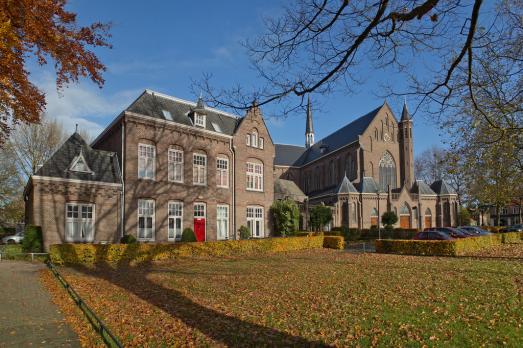
Oss, NL
The foundation of a second parish church had long been a wish of the church board of the parish of Maria Immaculate Conception (Grote Kerk). In 1919 the church board decided M.O.O. to purchase some large plots of land in the De Hoef district, located between Kromstraat and Amsteleindstraat. These areas were later transferred in ownership to the new board of the H. Hartparochie. The required capital was partly raised by donations from a few well-to-do parishioners, including from the Jurgens firm, which gave rise to the nickname 'Butter Church'. The rest of the huge sum of money was obtained through loans. The well-known Bossche architect Jan van der Aalst designed the church and rectory.
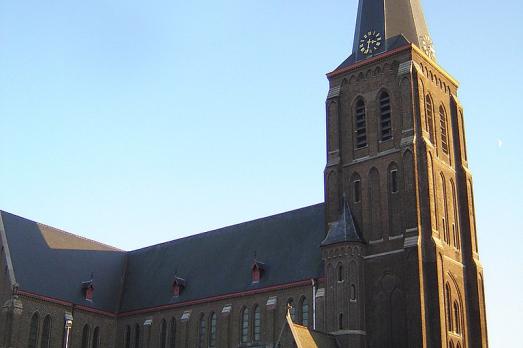
Ghent, BE
The Heilig Hartkerk is a historic church in the district of St. Amandsberg in Ghent. The church was constructed between 1881 and 1883. Its church tower was erected in 1910. The urban renewal project ‘En Route’ was approved to breathe new life into the church and the square where it is located by transforming these spaces into a lively meeting place for the local community.
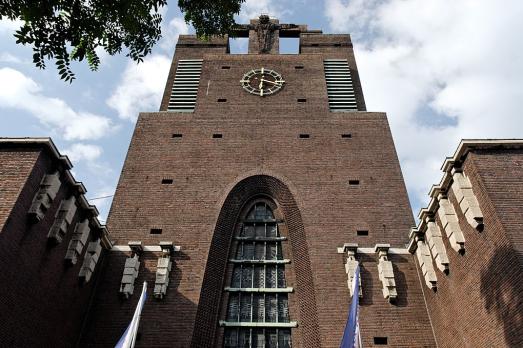
Gelsenkirchen, DE
Heilig Kreuz Church in Gelsenkirchen, built between 1927 and 1929, is a remarkable example of brick expressionism, featuring industrial aesthetics and vibrant interior spaces. The church is undergoing conversion into a multipurpose venue and cultural center, revitalizing the neighborhood.
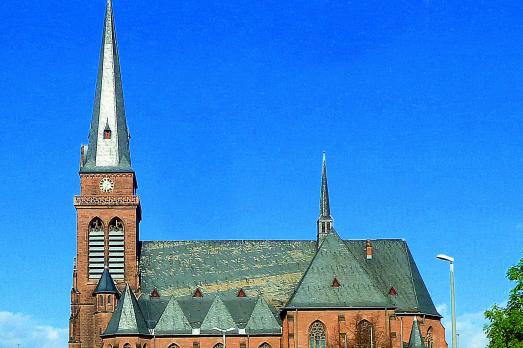
Bad Kreuznach, DE
Holy Cross was built in the neo-Gothic style of the Holy Cross in 1895 - 1897 according to plans of the Mainz cathedral builder Ludwig Becker (1855 - 1940). Until 1921, the interior was completed - also according to the architect's designs. Father Caspar Kranz, among other things, supplemented the equipment with further sculptures from 1921 to 1935. After serious war damage, the reconstruction followed in 1947 - 1949. In 1963, the sacristy was rebuilt and a medical chapel was established. In 1968, the external renovation and the entrances were relocated. 1969 - 1972, the redesign of the church space followed and in 2006 finally the interior renovation.
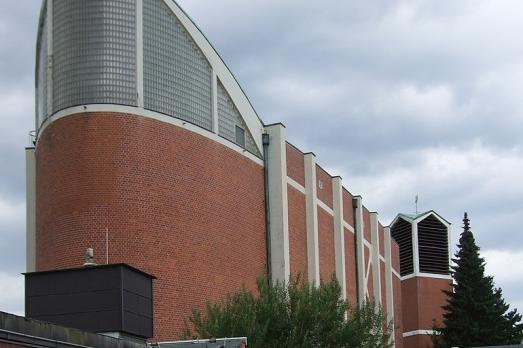
Bottrop, DE
The Heilig Kreuz Church in Bottrop, Germany, built from 1955 to 1957, showcases a parabolic floor plan and combines historical influences with modern materials. Symbolic elements include spiral windows, a glass eye, and a hovering dove. Deconsecrated in 2007, now preserved by the Cultural Church Heilig Kreuz Association.
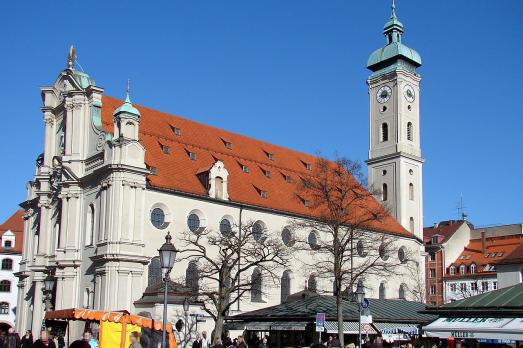
Munich, DE
Heilig-Geist-Kirche was built in the 13th century as an annexed chapel of a religious hospital. The current neo-baroque building is much more recent, dating back to the 18th century.
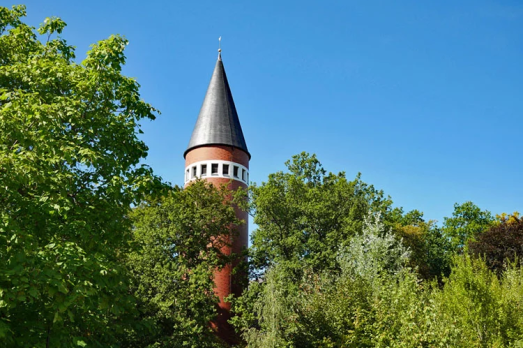
Hagen, DE
Heilig-Geist-Kirche is located in Hagen-Emst, a town in Nordrhein-Westfalen.
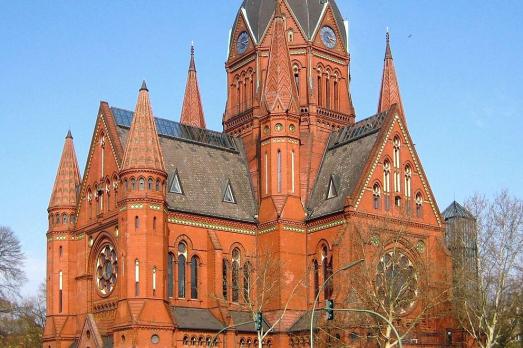
Berlin, DE
The Holy Cross Church is a Protestant church which was built between 1885 and 1888 according to the plans of the master-builder Johannes Otzen under the supervision of Julius Kleinau. Destroyed by Allied air raids during the Second World War, the church was rebuilt in 1951-1959 in a simplified form.
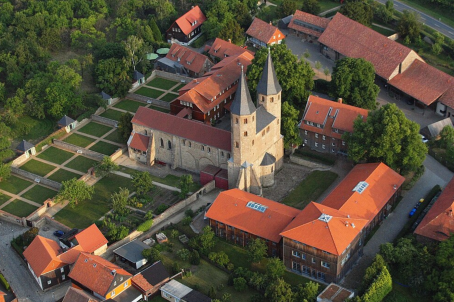
new
Nestled amidst the serene landscapes of the Harz region, lies a hidden gem for nature enthusiasts and history buffs alike - the Harz Monastery Hiking Trail. Lace up your hiking boots and embark on this captivating adventure that will transport you back in time.
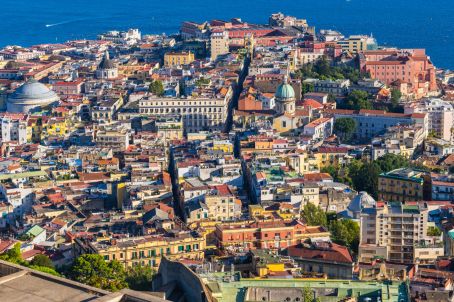
The Holy Mile (Miglio Sacro) of Naples is a one-mile-long itinerary, through sacred places linked to the city's patron saint, San Gennaro, in the Rione Sanità district. Discover the city from a new perspective with this unique walking tour.
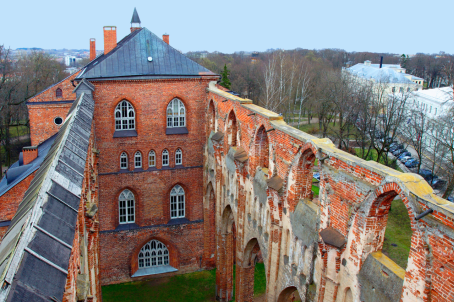
As a university city, cultural offerings abound in Tartu and will reach their peak after being designated one of three European Capitals of Culture for 2024. In this list, we've compiled the most interesting sacred places to visit in and around the old town.